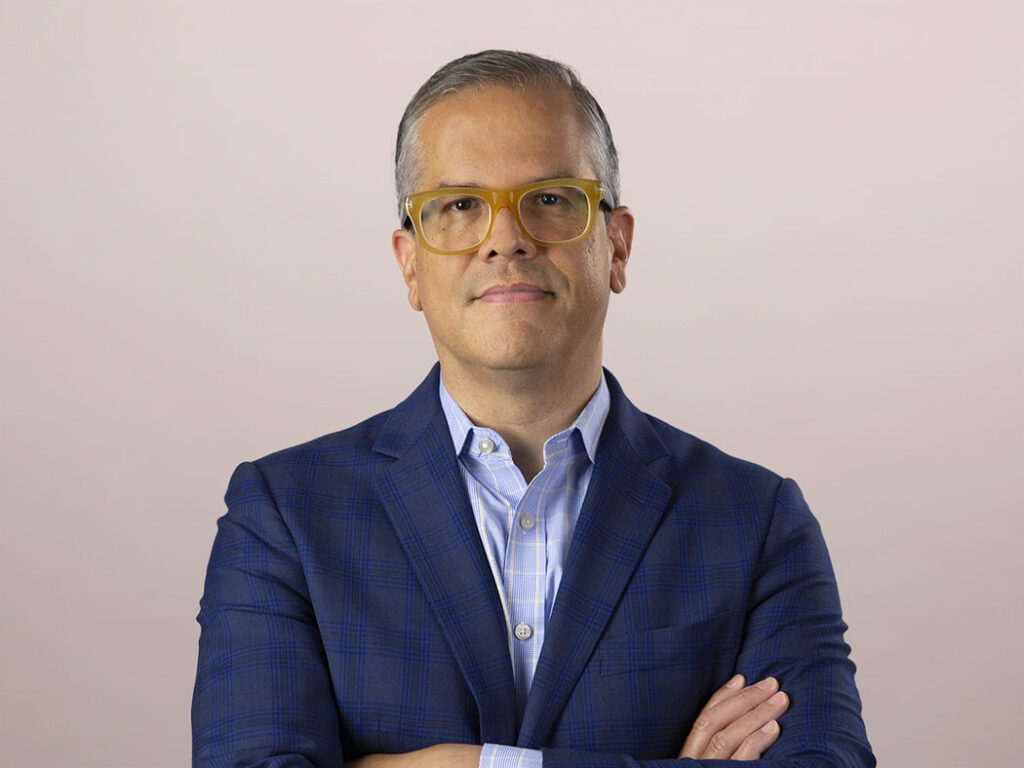Q&A with Tod Pike, Senior Vice President, Samsung Enterprise Business
Today, Samsung places much greater strategic emphasis on its enterprise business, which is now a “top three priority” globally for the company. Symbolizing this new commitment to enterprise customers, on June 11th Samsung opened a new Executive Briefing Center (EBC) in its Ridgefield Park, NJ office. The EBC offers enterprise customers and Samsung’s many partners an opportunity to experience Samsung’s vertically-optimized enterprise offerings in context.
I attended the opening, which enjoyed executive-level support from the President and CEO of Samsung Electronics North America Yangkyu (Y.K) Kim, President of Samsung Electronics America Tim Baxter, and Senior Vice President, Samsung Enterprise Business Tod Pike. I also spent an hour learning more about the Samsung value proposition for enterprise customers from Tod, including the excerpted Q&A below.
Samsung’s Enterprise Business Division focuses on a vertical strategy that includes Education, Healthcare, Retail, Financial Services, and Hospitality… and which isn’t just about devices, though their product offerings in hospitality TVs, notebook and tablet PCs, virtualization, wireless printers, and digital signage play a prominent role. Samsung also brings together enterprise-savvy partners like Crestron and Nuance Communications – along with numerous systems integrators and other channel partners – to deliver software, content, and services along with those devices.
Tod Pike (at right) speaking at the opening of Samsung's Executive Briefing Center

Q: Samsung has started to focus much more on its Enterprise Business in the past couple of years. What's the value proposition for your products and services?
A: Stated simply, we’re offering customers vertical solutions that involve interoperable products, whether those are mobile products, display products, printers, or other parts of our portfolio. By interoperable, we mean bringing together a variety of device types – along with services, including from best-in-class partners – delivered within a vertical context. We think these interoperable, vertical solutions really help our customers improve their business performance.
Taking a step back, we looked at our core competencies as a company to determine how we could best serve enterprise customers. We are already a leader in consumer TVs and handheld devices, but we also have a number of other assets: we’re a component manufacturer with a world class supply chain, we have strong design capabilities, and we have brand recognition. So we’ve designed our enterprise strategy to leverage all of these assets.
Q: Samsung obviously has a vibrant consumer business, as you mentioned. How does the consumer business feed into the enterprise business, and vice-versa?
A: For Samsung, it starts with the fact that a lot of workers, executives, and IT people use our products already in their personal lives – and in their work lives when they bring some of those devices to work. We have an opportunity to extend that experience even further into business use.
Consumerization of IT – including bring-your-own and choose-your-own device behaviors – mean that we are well positioned already in the enterprise. But we’ve built enterprise-specific services, like Knox, to make these devices work securely in the enterprise.
Finally, some of our enterprise scenarios – like the one for retailers – leverage our consumer technologies, like Samsung displays, tablets, and digital signage. For enterprise customers, we create interoperable solutions using these leading consumer devices.
Q: Samsung offers a variety of operating systems on its end user client devices: Android. Windows. Chrome OS. What role do each of these OSes play in Samsung's overall portfolio?
A: At Samsung, we think in terms of what our customers want, prefer, and need. We leverage all of these operating systems in their appropriate context, whether that’s Windows 8, Android, or Chrome OS. Then we add services like SAFE to manage these devices in enterprise contexts and make them work well together. Ultimately, our charter is to take the best products available and configure them to solve our enterprise customers’ problems.
J. P. Gownder is a Vice President and Principal Analyst. Follow him on Twitter: @jgownder
